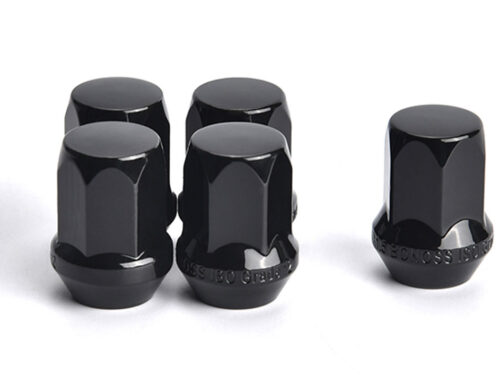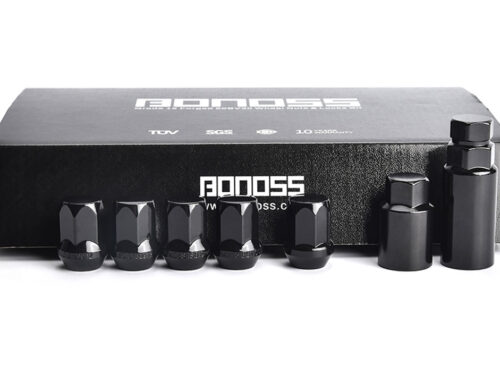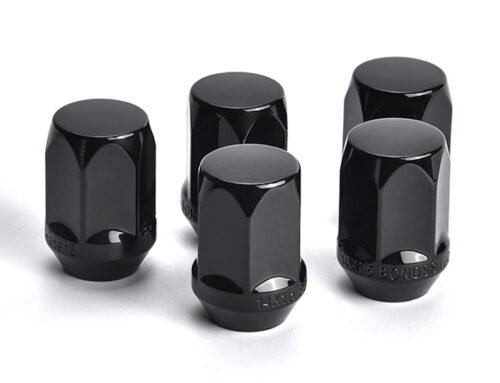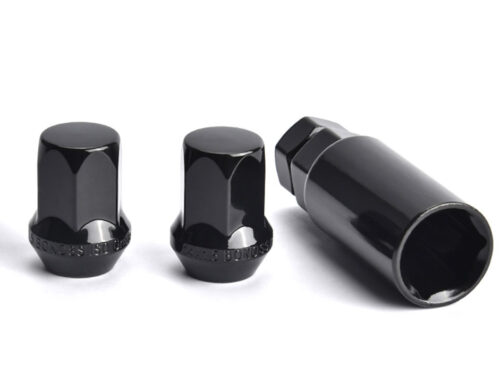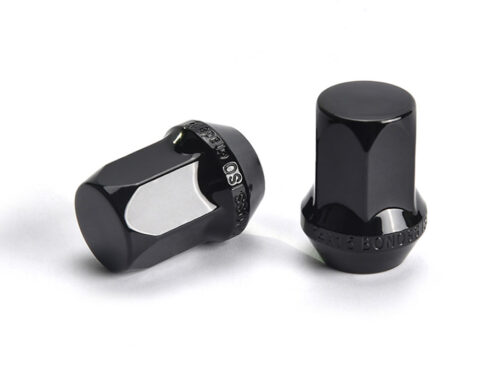What’s the difference between forged wheel spacers and cast wheel spacers?
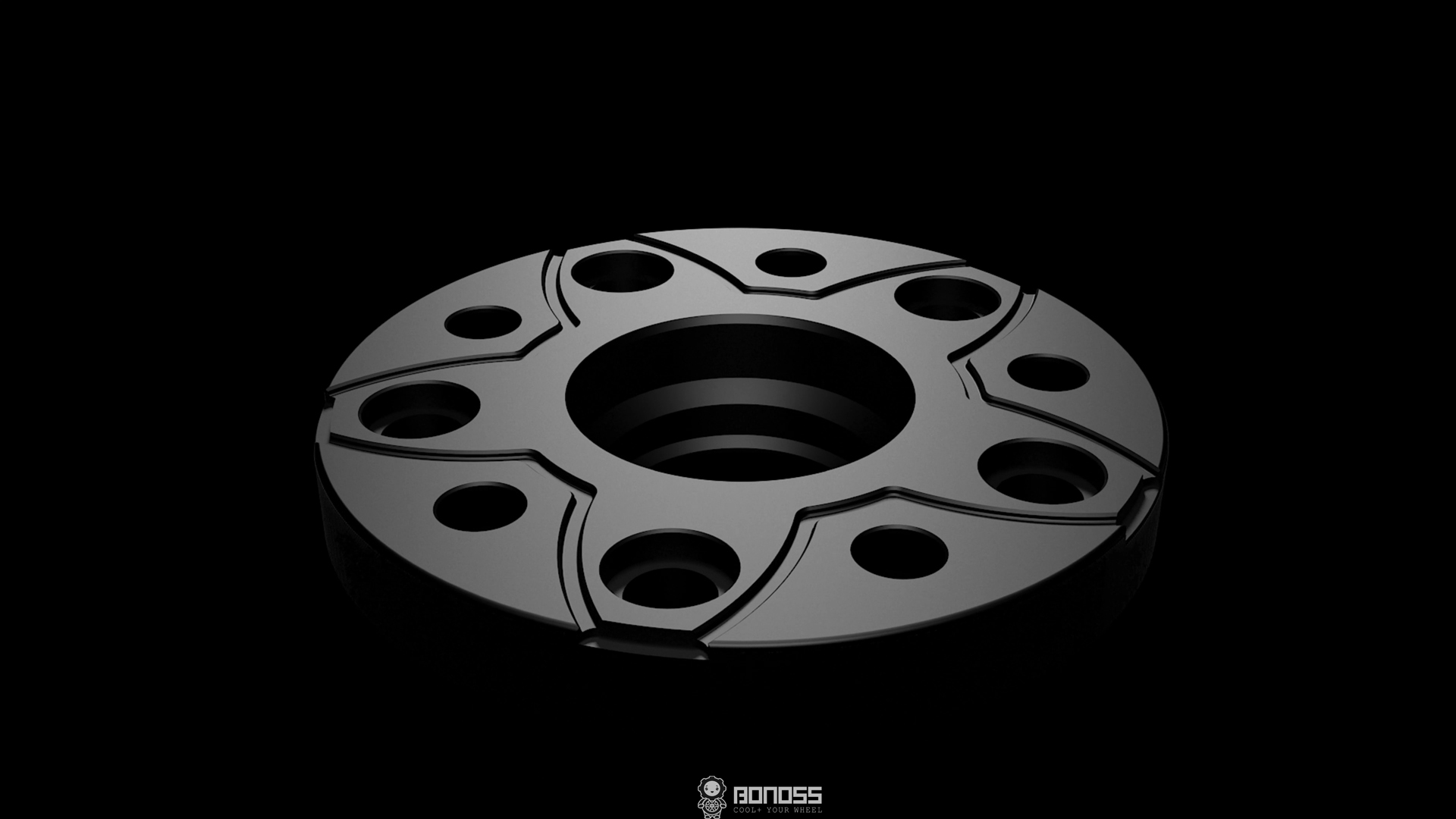
BONOSS Forged Active Cooling Wheel Spacers Hubcentric Wheel Spacers Safe for Rims
Forged wheel spacers are manufactured from a solid piece of metal called billets. The billet undergoes continuous intense pressure to be formed. Particularly, forged wheel spacers are one-piece wheel spacers. Due to the stress cycle and process of deformation, the forged wheel spacers become hard and strong. What’s more, the toughness property is also greatly enhanced. Consistent forging allows achieving the same structural integrity with less material in comparison to cast wheel spacers. Besides, considering the strength of equipment needed to manufacture forged wheel spacers, this type of wheel spacers is stronger than cast wheel spacers.
Casting is the process of wheel spacers manufacturing when metal is heated until it is molten. In such a condition, it is poured into a specific mold where it acquires its final shape with the help of a vacuum. When it is cooled, it is possible to make modifications like drilling or trimming. Casting wheel spacers are considered to be quick and inexpensive in terms of manufacturing. However, the major defect can’t be avoided- the nature of its manufacturing results in the occurrence of porosity. In addition, since it is not manufactured the same structural integrity continuously (form transformation occurs), its mechanical properties are not as good as forging.
How’s the performance of forged and cast parts?
According to a study report performed by the Industrial & Manufacturing Engineering Department at the University of Toledo:
- Forged parts had a 26% higher tensile strength resulting in a much stronger property than the same cast parts;
- Forged parts had a 37% higher fatigue strength resulting in a much longer life range than the same cast parts;
- Forged parts had 34% higher yield strength (a measurement that indicates the load amount metal can hold before deforming) resulting in a much better toughness than the same cast parts;
- When pulled to failure, forged parts had a 58% reduction in area, while cast parts had a 6% reduction in area. That means forge parts allow for much greater deformation before failure than cast parts.
Why choose forged wheel spacers instead of cast wheel spacers?
Advantages of forged wheel spacers:
- Stronger and Tougher. When the metal is molten, the grain size will expand freely. The final product will be made with a more random grain structure, which leads to decreased strength. In contrast, forging keeps the grain structure evenly and tight. Therefore, forged wheel spacers are stronger than cast ones.
- More Safety and Reliability. Because of the manufacturing process, the cast wheel spacers cannot exclude the occurrence of cavities, porosity, and shrinkage. Using those cast wheel spacers do increase the risk of accidents. Meanwhile, the forged ones have a higher tensile strength, a higher fatigue strength and a higher yield strength. Tens of thousands of stress cycles make it even more trustworthy and reliable.
- More Durable. The evenly and tight grain structure ensures better wear resistance. Higher tensile strength means more tensile stress that it can take before failure. Higher fatigue strength allows more stress cycles that can be applied for certain stress without fracture.

